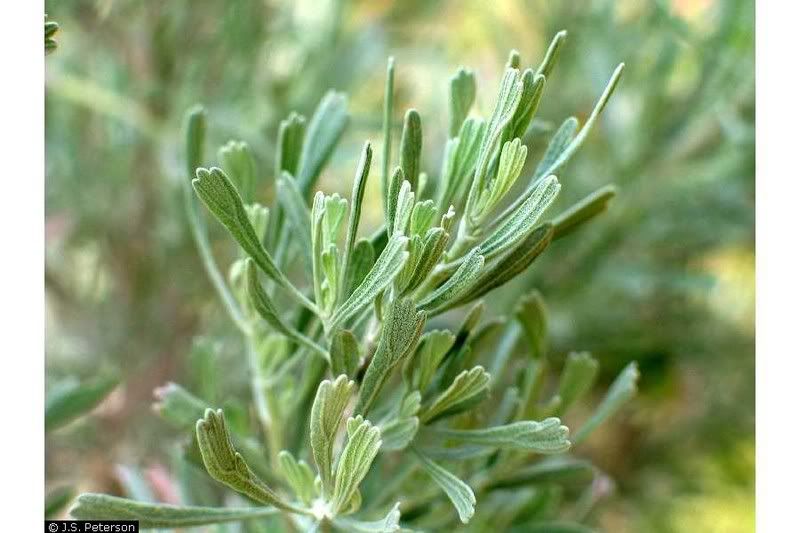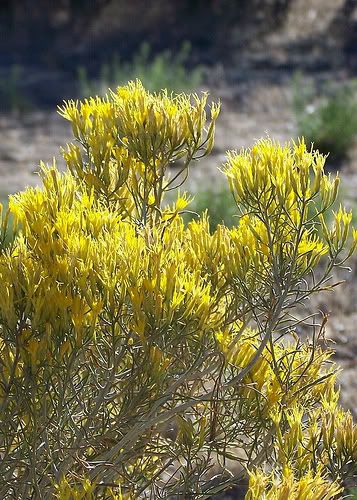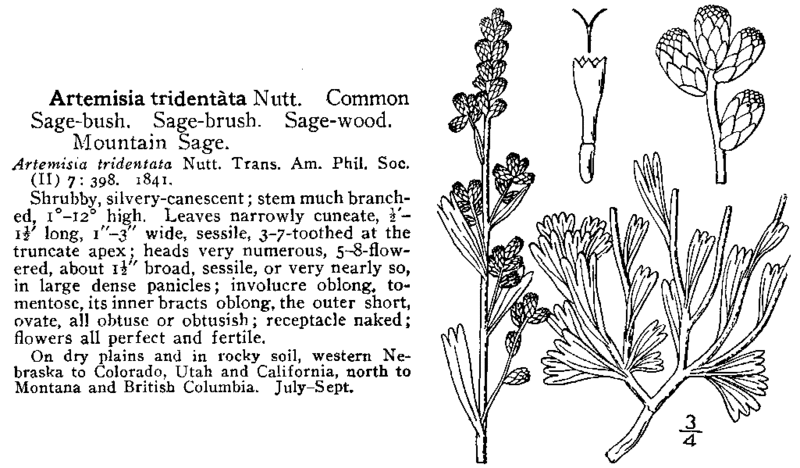OldMan&theWeed
Member
Evidently a solution of jasmonic acid and gibberellin applied as a foliar spray will stimulate trichome production by 91%. The study from which this originates is titled:
Gibberellin and Jasmonic Acid Have a Synergistic Effect on Trichome Induction
http://www.pubmedcentral.nih.gov/articlerender.fcgi?artid=281631
Jasmonic acid is expensive and requires refrigeration. It can cost as much as $20 per milligram and must stored just above freezing to remain viable. A cheaper organic alternative might be sagebrush artemisia tridentate, which produces 30 to 40 times higher concentrations of jasmonic acid than any other plant known, and is a common roadside weed in much of the American Southwest. It may be possible to use sagebrush as a source of jasmonic acid for activating plant defenses in indoor production systems.
In a University of California study Richard Karban and other researchers clipped leaves of sagebrush plants to mimic insects eating their leaves. The cut sagebrush released methyl jasmonate, which the wind carried to nearby downwind tobacco plants. The plants sensed the methyl jasmonate and reacted by increasing trichome production as a defense. Jasmonate treatment significantly increased nicotine concentrations in the leaves of treated plants 22-54% above those of their control, water-treated counterparts. Plants, though, react to even extremely high concentrations of volatiles only within an extremely short range. The tobacco plants had to be within 6 inches of the receptive plant to achieve an effect.
Induced Resistance in Wild Tobacco with Clipped Sagebrush Neighbors: The Role of Herbivore Behavior
http://www.springerlink.com/content/x11436164716gx67/
Another untried method may be to harvest fresh sagebrush, grind it up in a blender with water, strain it, mix it with a solution of gibberellin, and apply it as a foliar spray.
Gibberellin and Jasmonic Acid Have a Synergistic Effect on Trichome Induction
http://www.pubmedcentral.nih.gov/articlerender.fcgi?artid=281631
Jasmonic acid is expensive and requires refrigeration. It can cost as much as $20 per milligram and must stored just above freezing to remain viable. A cheaper organic alternative might be sagebrush artemisia tridentate, which produces 30 to 40 times higher concentrations of jasmonic acid than any other plant known, and is a common roadside weed in much of the American Southwest. It may be possible to use sagebrush as a source of jasmonic acid for activating plant defenses in indoor production systems.
In a University of California study Richard Karban and other researchers clipped leaves of sagebrush plants to mimic insects eating their leaves. The cut sagebrush released methyl jasmonate, which the wind carried to nearby downwind tobacco plants. The plants sensed the methyl jasmonate and reacted by increasing trichome production as a defense. Jasmonate treatment significantly increased nicotine concentrations in the leaves of treated plants 22-54% above those of their control, water-treated counterparts. Plants, though, react to even extremely high concentrations of volatiles only within an extremely short range. The tobacco plants had to be within 6 inches of the receptive plant to achieve an effect.
Induced Resistance in Wild Tobacco with Clipped Sagebrush Neighbors: The Role of Herbivore Behavior
http://www.springerlink.com/content/x11436164716gx67/
Another untried method may be to harvest fresh sagebrush, grind it up in a blender with water, strain it, mix it with a solution of gibberellin, and apply it as a foliar spray.






